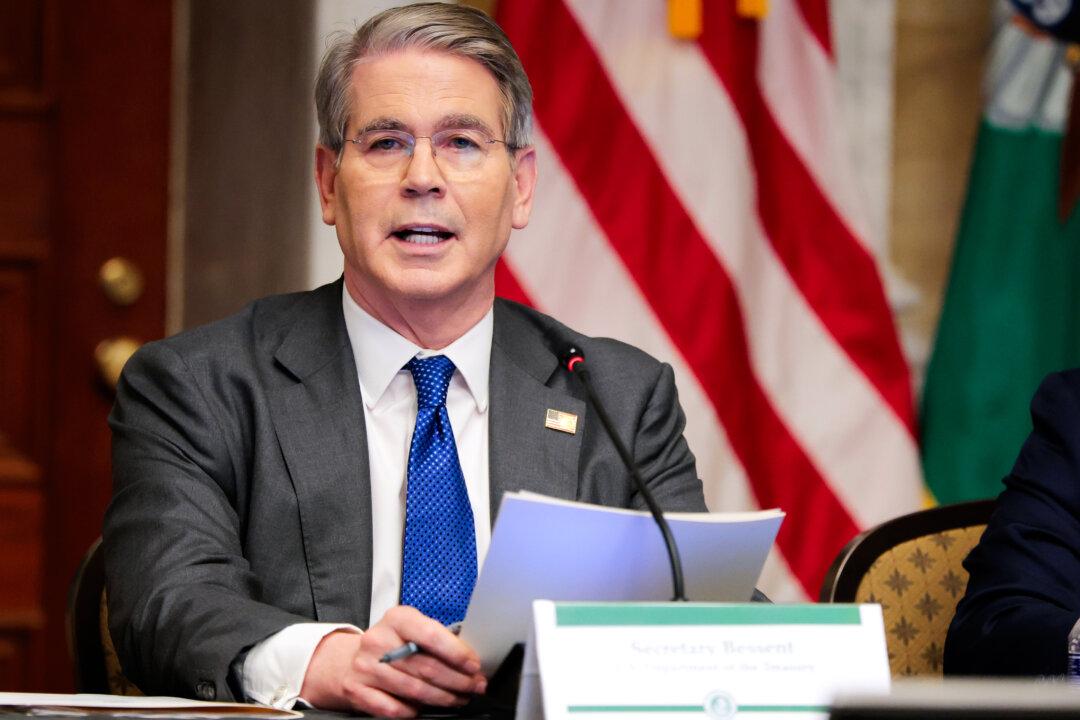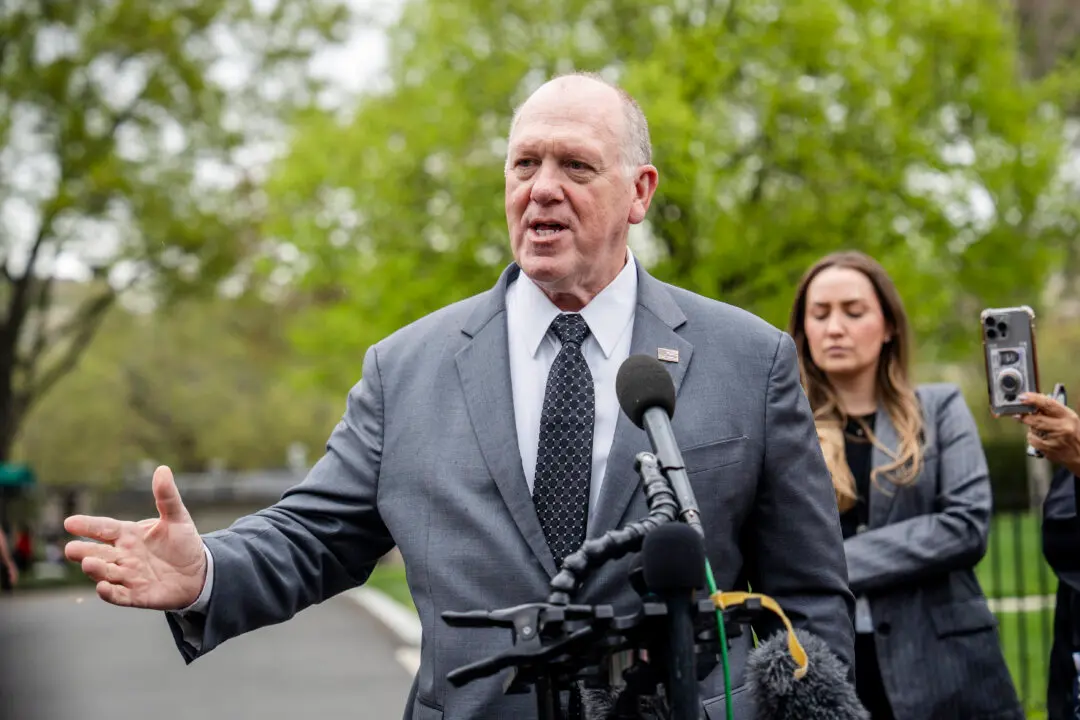Americans are saddled with the most credit card debt in decades as a new report issued Thursday found that its nearing the $1 trillion mark.
A report from the Federal Reserve Bank of New York found that “credit card balances increased by $61 billion to reach $986 billion, surpassing the pre-pandemic high of $927 billion” in the fourth quarter. At the same time, delinquencies among borrowers accelerated in the same time period, according to the report.





